Buy the Best VPC Design Package for Your Cloud Infrastructure
Streamline your cloud deployment with our expert-designed VPC packages. Choose the perfect architecture that ensures security, scalability, and performance—ready to deploy.
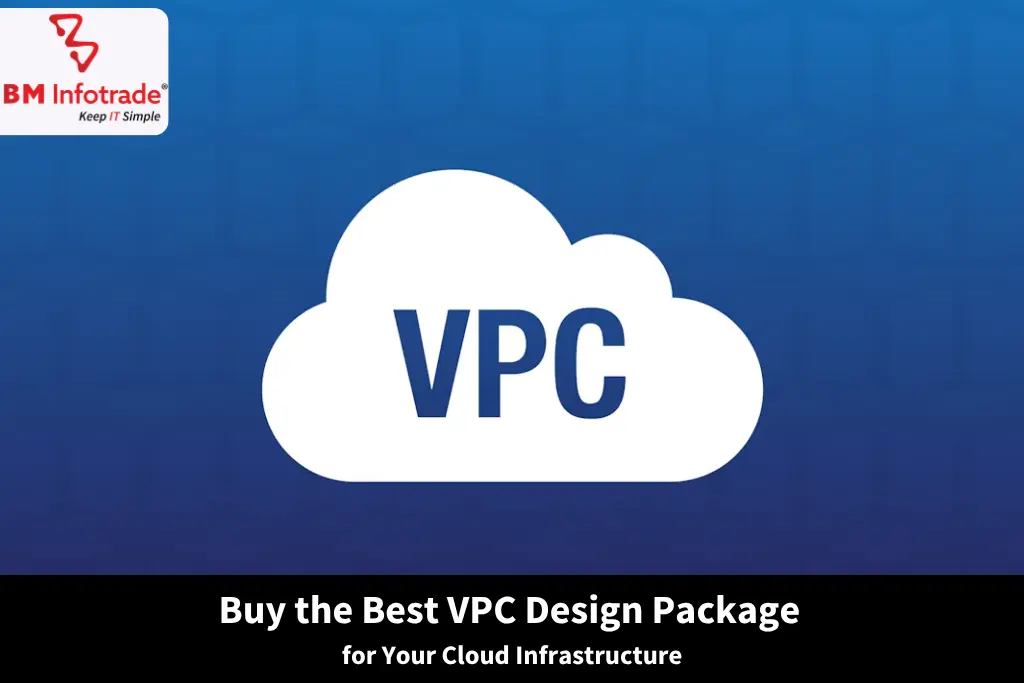
Buy the Best VPC Design Package for Your Cloud Infrastructure
Table of Contents
With more and more businesses turning to cloud infrastructure, it is important to design a good working Virtual Private Cloud (VPC) to enable secure, scalable, and efficient cloud deployments. At BM Infotrade, we know how to benefit enterprise cloud networking through a well-structured VPC design. This blog post investigates the best practices of Virtual Private Cloud, so that organizations can build a solid cloud architecture that can be aligned to their requirements, considering the fact that industry leaders such as Google Cloud VPC structure have come up with a well-designed VPC design.
Understanding VPC Design in Cloud Deployments
A Virtual Private Cloud (VPC) is a virtual network in a public cloud infrastructure, which lets businesses create resource isolation and manage the traffic of the network. The VPC design has been carefully designed will facilitate a smooth communication flow among services, cloud security architecture, and scalability. In designing cloud deployments, it has to be done in line with organizational objectives, including performance, security as well and cost-efficiency.
In BM Infotrade, we put importance on the VPC network topology as a framework for cloud infrastructure. The topology A properly designed topology has to consider how subnets, regions, and resources interact to achieve maximum performance and resilience. So, let us take a plunge into the best practices of the Virtual Private Cloud when deciding on the proper VPC design.
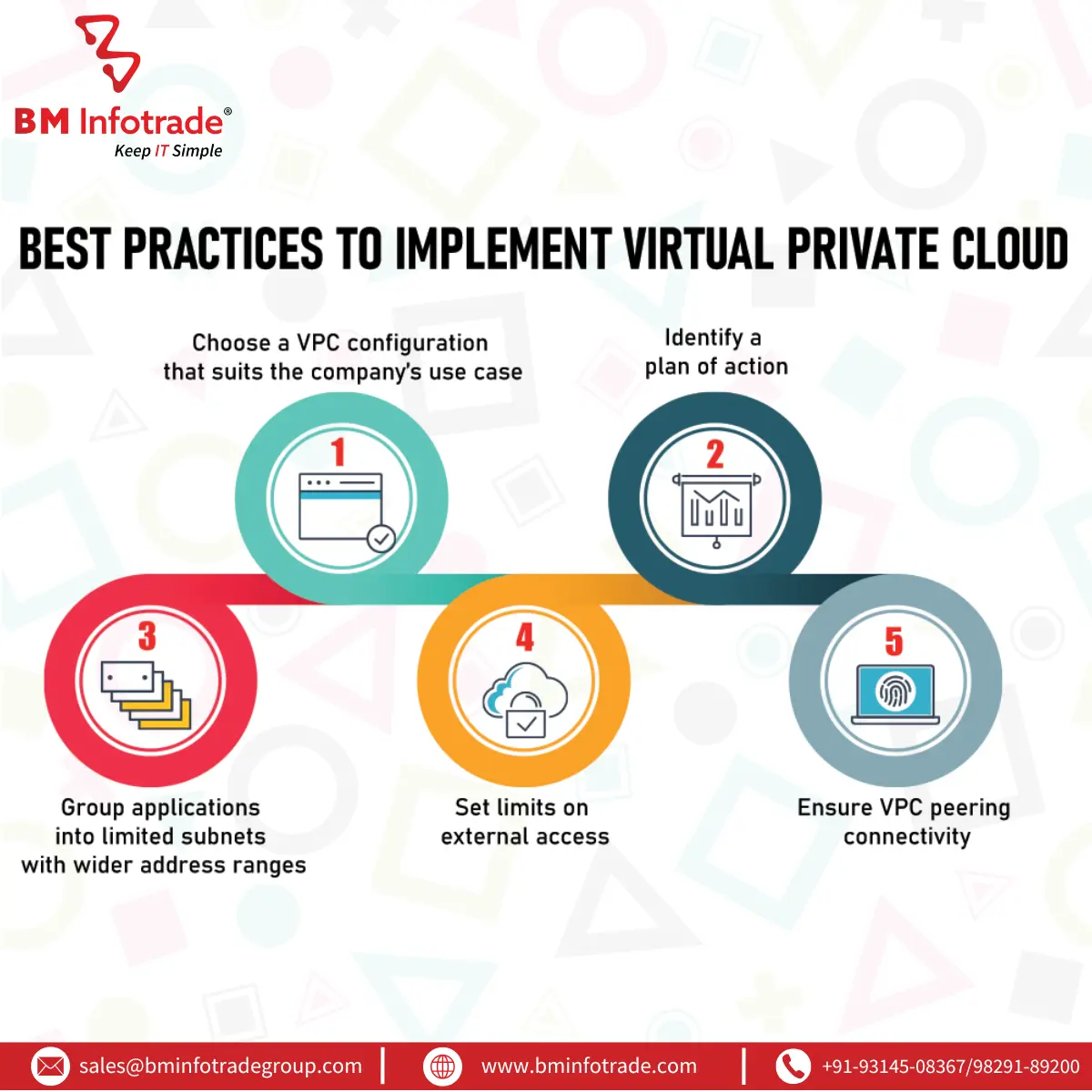
Key Virtual Private Cloud Best Practices
1. Plan Your VPC Network Topology
The topology of a VPC network defines the segmentation of your cloud infrastructure and the way it is networked. Begin with a diagram of what you need to apply, in terms of load distribution and data flow. As an example, Google Cloud VPC has global VPCs that can communicate with each other without detailed peering setups. Take, as an example, a hub-and-spoke architecture of enterprise cloud networking in which a central VPC (hub) is linked to a number of VPCs (spokes). This makes the management easy and aids in providing secure cloud networking, as control over common services such as firewalls and monitoring tools is centralized.
2. Optimize Subnet Design
Subnet design is a very important component of VPC design. A VPC can be subdivided into more manageable units (subnets) and allocated to resources or applications in question. In subnet design, it is important to allocate IP address ranges to minimize overlapping and achieve scalability in order to optimize the design.
As an example, identify subnets by Classless Inter-Domain Routing (CIDR) blocks according to the amount of workload and future expansion plans. On dynamic cloud deployments, allocate larger CIDR blocks to allow future growth. Also, divide resources by purpose to allow simple traffic management and enhance cloud security architecture, e.g., group web servers, databases, or development environments.
3. Implement VPC Naming Conventions
Uniformity of VPC naming conventions creates a better understanding and operational mistake prevention in the cloud infrastructure. Create the descriptive names based on the purpose, environment, and region of the VPC. As an illustration, a name such as vpc-prod-us-east-app1 would mean a production-level VPC in the US East region for a particular application. In BM Infotrade Pvt. Ltd., we advise the use of metadata between names (i.e., environment (prod, dev, test) or business unit). This reduces auditing and governance, particularly in the large-scale enterprise cloud networking environments.
4. Strengthen Secure Cloud Networking with Firewall Rules in VPC
VPC firewall rules are important to implement a cloud security architecture. These regulations govern the incoming and outgoing traffic such that resources are not accessed without permission. Establish a set of rules according to the principle of minimum privilege that permit essential traffic.
For example, in Google Cloud VPC, you can use tags to apply firewall rules to specific resources, reducing complexity. Regularly audit and update firewall rules in VPC to address new threats and ensure compliance with secure cloud networking standards.
5. Align VPC Design with Cloud Architecture
A cloud architecture allows for adjusting to varying workloads without affecting performance. In designing VPC, one should implement multi-region deployments to increase availability and disaster recovery. As an example, Google Cloud VPC enables subnets to bridge across availability zones, resulting in high availability.
Include auto-scaling and load balancing to be able to address the traffic spikes. This will make your cloud deployments resilient and cost-effective, with the ability to support enterprise cloud networking.
6. Prioritize Monitoring and Governance
An efficient VPC design provides operational monitoring and governance to administer cloud environments. Monitor the performance, identify anomalies, and apply policies with cloud-native tools. As an example, VPC Flow Logs by Google Cloud can be used to see traffic patterns to help with troubleshooting and security analysis.
At BM Infotrade Pvt. Ltd., it is our practice to establish alerts on abnormal traffic or configuration changes. The long-term reliability is guaranteed through regular review of VPC network topology and cloud security architecture during governance review.
Why VPC Design Matters for Businesses
An effective VPC architecture can enable companies to enjoy safe and effective cloud infrastructures. It reduces security concerns, maximizes the usage of resources, and allows growth. In the case of firms such as those supported by with BM Infotrade Pvt. Ltd., a customized Virtual Private Cloud solution is a competitive edge, allowing it to innovate but retain control over the Google Cloud VPC offers a potent example, given its wide-reaching nature, and the ability to scale large or small with stable, easy-to-manage, and configurable solutions.
Conclusion
The correct VPC design is the key to the success of cloud deployments, and it is essential to plan and follow the best practices of Virtual Private Cloud. Attention to VPC network topology, subnet design, VPC naming conventions, firewall rules on VPC, scalability, and governance will enable businesses to establish a cloud infrastructure that meets enterprise cloud networking objectives. BM Infotrade Pvt. Ltd. will assist organizations in developing secure cloud networking that will lead to success. Use these insights to create a VPC, which is future-proof, resilient, and ready to grow.
FAQs
1. What is the importance of VPC design in cloud deployments?
Effective cloud security architecture and performance are possible due to the secure, scalability, and effective resource management made possible by a well-designed VPC.
2. How does subnet design impact cloud infrastructure?
Subnet design will make a logical order of resources, avoid IP conflicts, and enable scalability when deploying clouds.
3. What are VPC naming conventions useful for enterprise cloud networking?
The use of VPC naming conventions makes it easy to manage, prevents mistakes, and enhances the management of a complex cloud environment.
4. Why are firewall rules in VPC critical for secure cloud networking?
They manage traffic, impose the least privileges, and secure resources against the threat of unauthorized access.
5. Can Google Cloud VPC support multi-region cloud deployments?
Yes, Google Cloud VPC supports global VPCs, which allows connection of the resources region to region in order to achieve high availability.

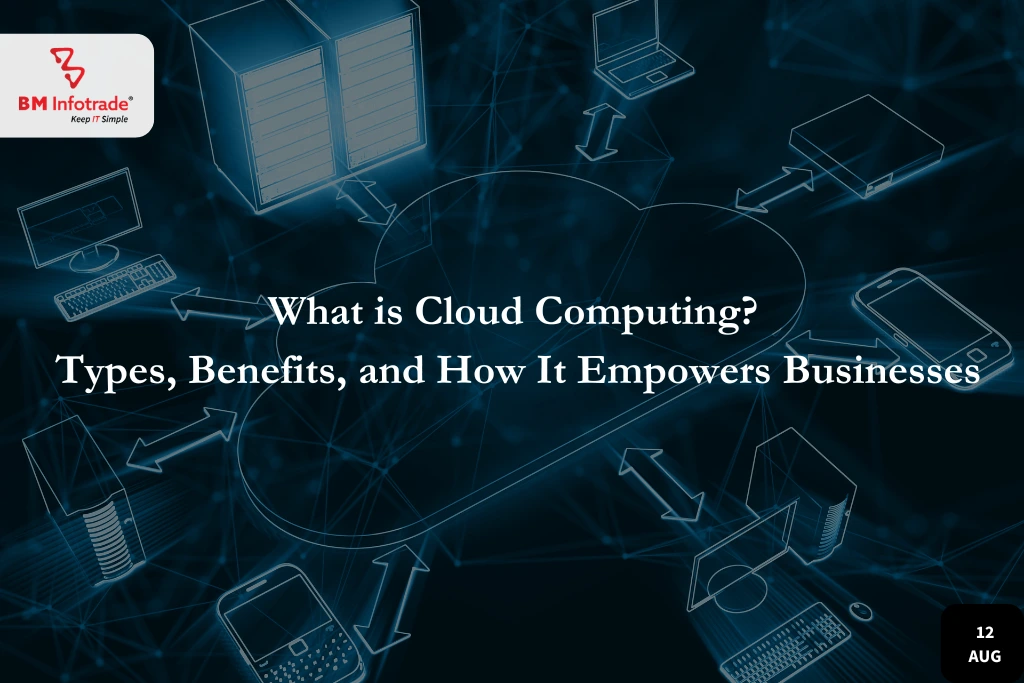



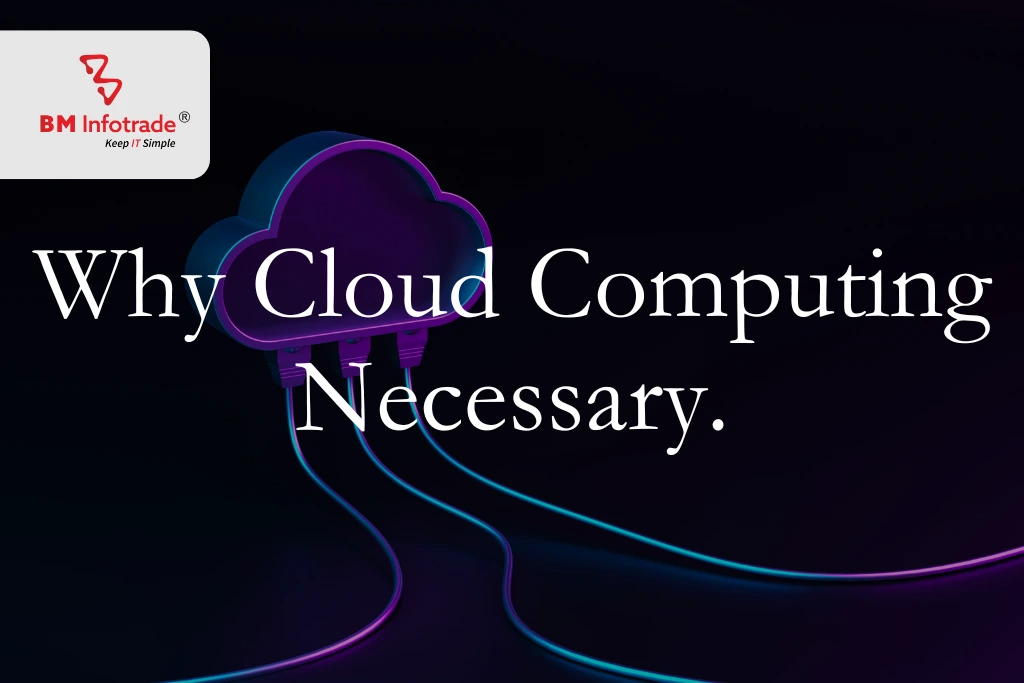
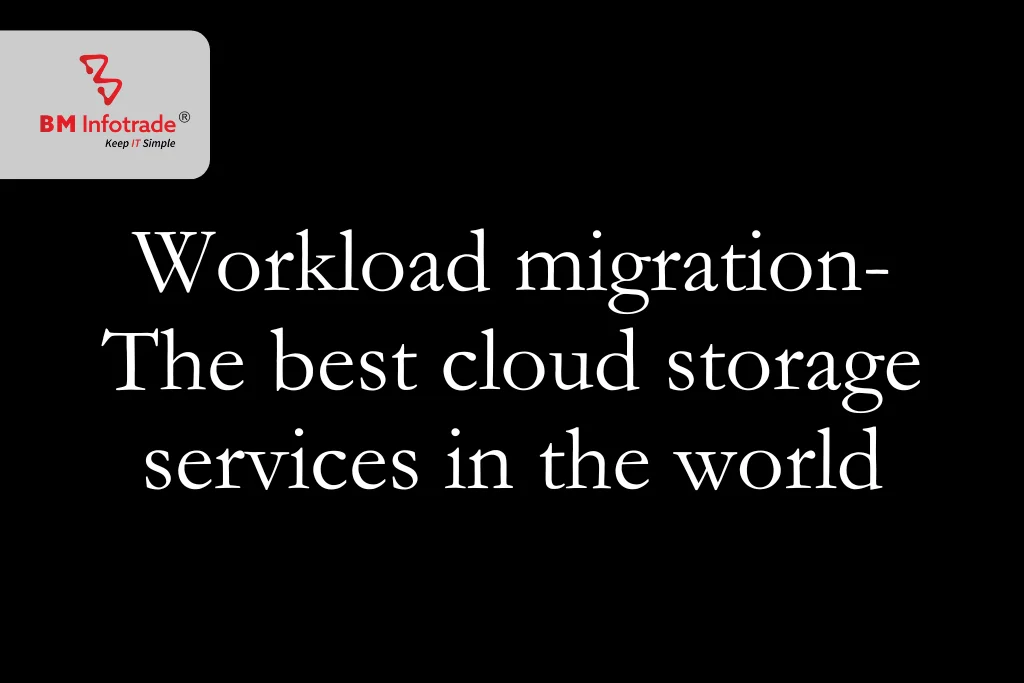
Anshul Goyal
Group BDM at B M Infotrade | 11+ years Experience | Business Consultancy | Providing solutions in Cyber Security, Data Analytics, Cloud Computing, Digitization, Data and AI | IT Sales Leader